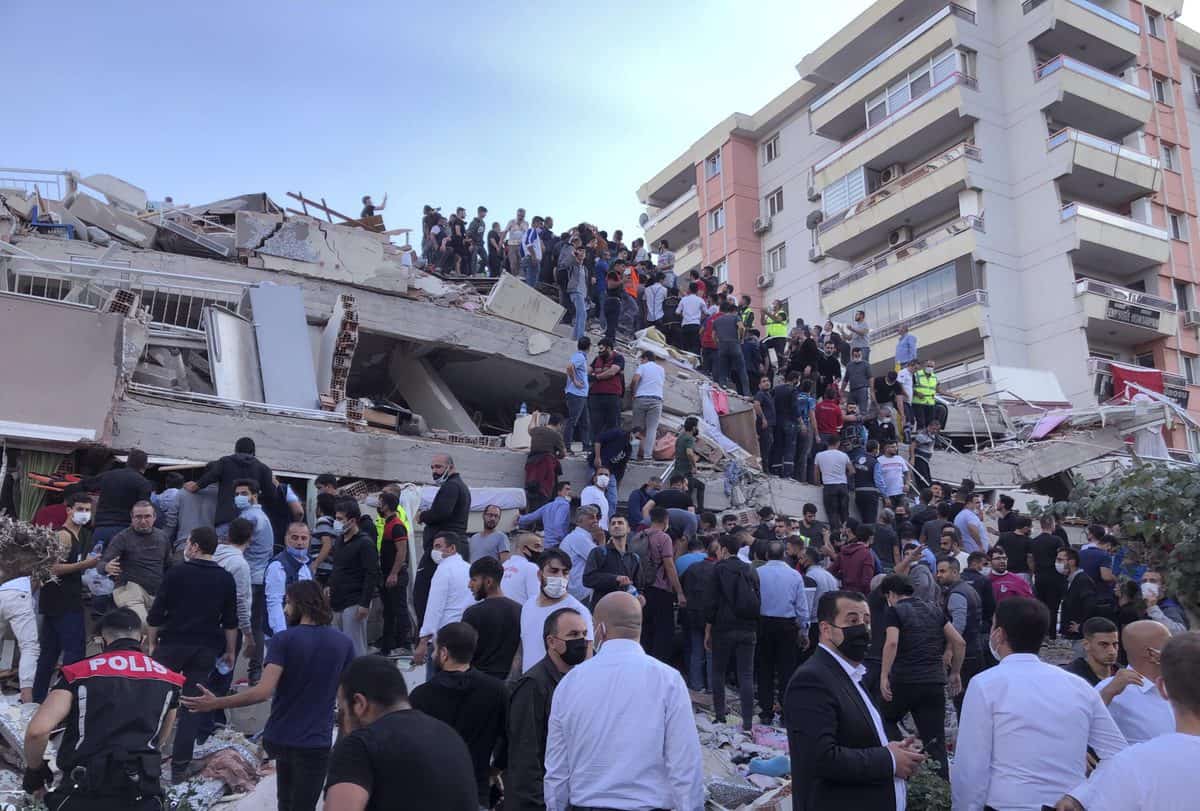
Turkey is known for its rich history, stunning scenery, and vibrant culture. However, it is also one of the most earthquake-prone countries in the world. Earthquakes in Turkey have been consistently deadly over the years, causing widespread damage and loss of life. In this article, we will explore the reasons why earthquakes in Turkey are so deadly and what can be done to reduce their impact.
Poor Building Construction: A Major Factor
One of the primary reasons for the high death toll from earthquakes in Turkey is the poor quality of building construction in many parts of the country. Many older buildings were constructed without proper seismic design standards and can easily collapse during a strong earthquake. This is particularly true for older buildings in densely populated areas, where a single earthquake can affect a large number of people.
In addition to older buildings, new buildings in Turkey are often constructed without proper consideration for seismic safety. This is due in part to a lack of enforcement of building codes and a lack of awareness about the importance of seismic safety.
High Population Density in Urban Centers
Another factor that contributes to the high death toll from earthquakes in Turkey is the country’s dense population. With several large cities and urban centers, earthquakes can cause widespread damage and loss of life in densely populated areas. The high population density also makes it difficult to evacuate people and respond to emergencies during and after an earthquake.
Geographical Location and Active Fault Lines
Turkey is located near several active fault lines, which increases the risk of earthquakes. The country is also located at the intersection of two major tectonic plates, which can lead to powerful earthquakes. This combination of geological factors has made Turkey one of the most earthquake-prone countries in the world.
What are Tectonic Plates?
Tectonic plates are large pieces of the Earth’s crust that fit together like a puzzle. These plates can move and interact with each other, which can result in the release of energy and cause earthquakes. The Earth’s surface is divided into several large tectonic plates and several smaller plates. The movement of these plates can cause earthquakes, volcanic eruptions, and the formation of mountains. The intersection of two major tectonic plates, as is the case with Turkey, can lead to especially powerful earthquakes.
Lack of Preparedness
Despite its high seismic risk, Turkey has not been able to effectively implement earthquake preparedness measures. This includes ensuring that new buildings are constructed to meet seismic safety standards and retrofitting existing buildings to make them safer. In addition, many parts of the country do not have access to early warning systems and earthquake response plans, which can greatly reduce the impact of earthquakes.
Conclusion: Taking Action to Reduce the Impact of Earthquakes in Turkey
Earthquakes in Turkey have been consistently deadly over the years, causing significant damage and loss of life. To reduce the impact of future earthquakes, it is crucial that the government and citizens of Turkey take proactive steps. This includes enforcing building codes, retrofitting existing buildings, and improving earthquake preparedness measures. By taking these steps, Turkey can reduce the impact of earthquakes and protect its citizens from the devastating effects of these natural disasters.



